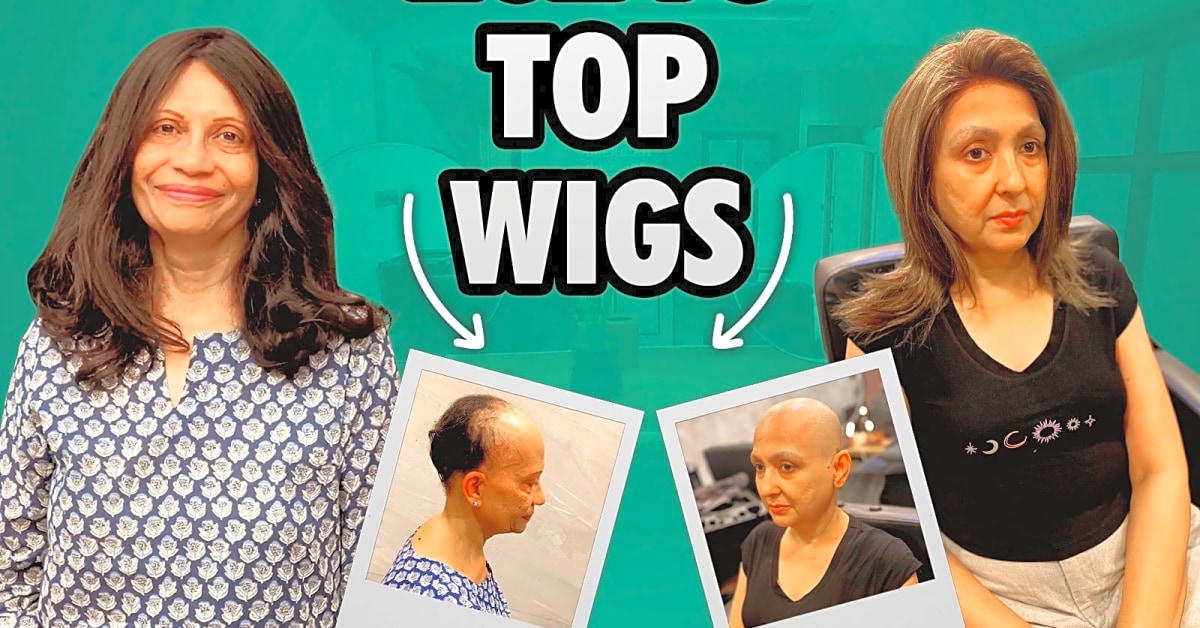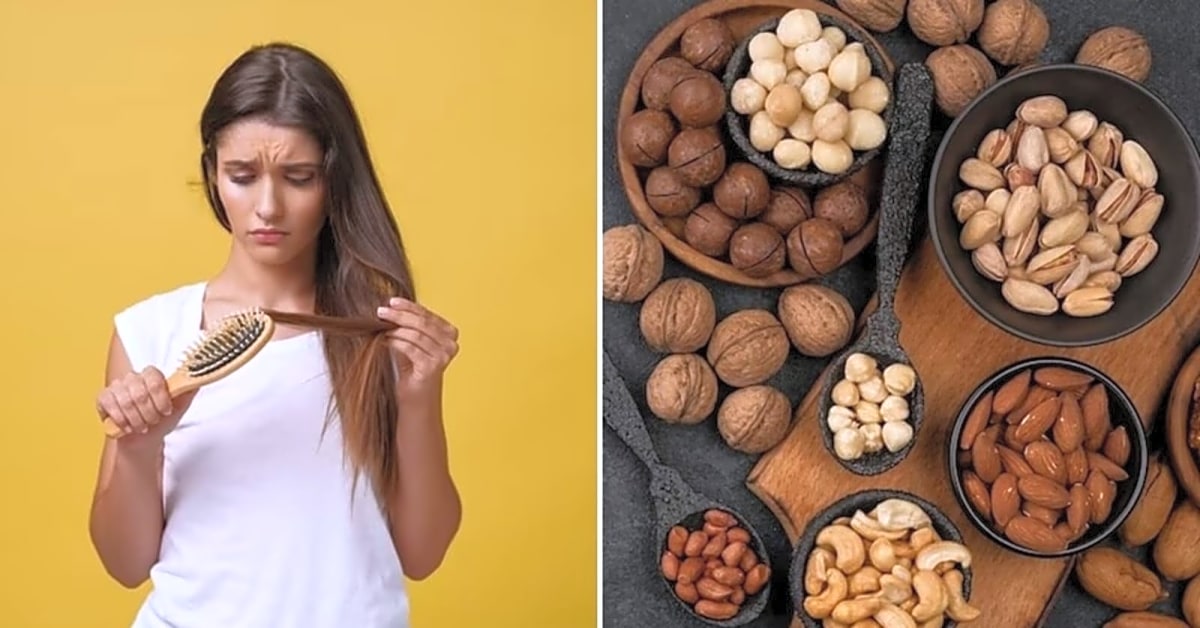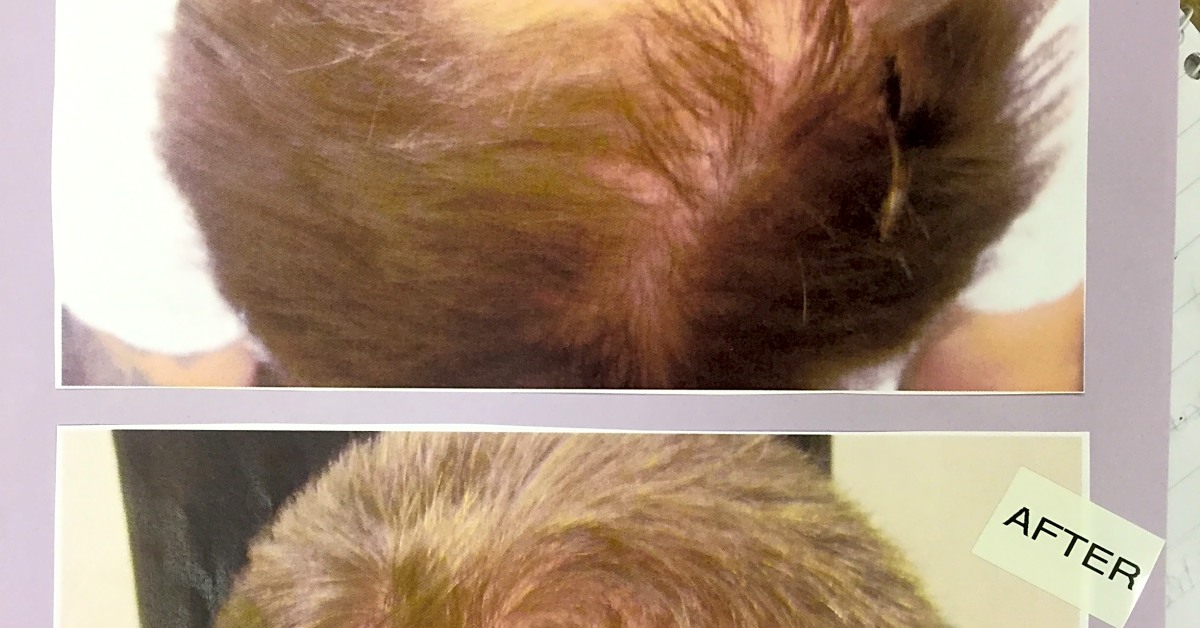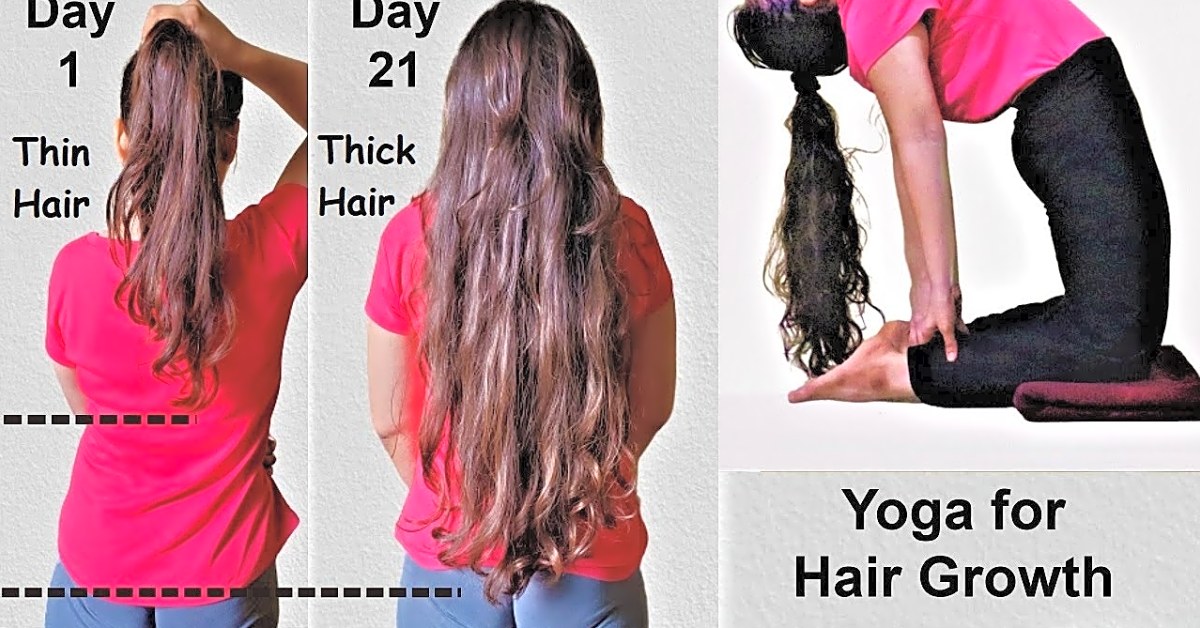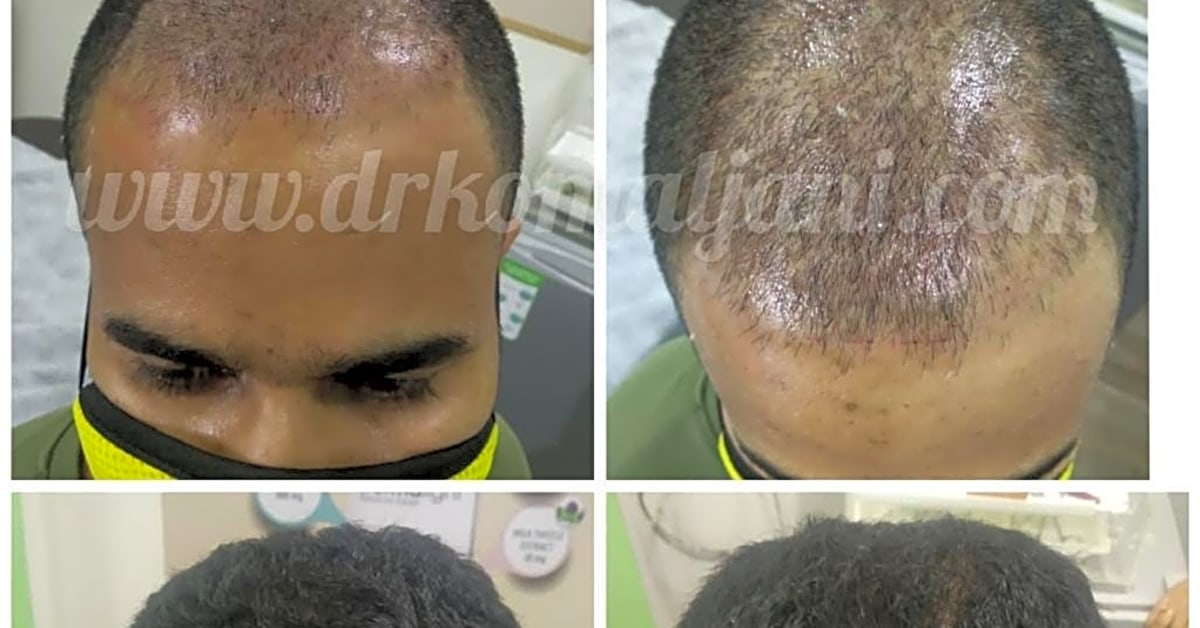Hair loss can be a difficult and emotional experience for many people. Whether it is due to age, genetics, or other factors, losing your hair can have a significant impact on your self-esteem and confidence. That’s where wigs and hairpieces come in. These versatile hair accessories offer a solution for those struggling with hair loss, providing a way to cover up bald spots or thinning hair and create a natural-looking hairstyle. In this article, we will explore the world of wigs and hairpieces and how they can be used as effective tools for hair loss prevention. We will also delve into the different types of wigs and hairpieces available, as well as their benefits and drawbacks. So, if you are looking for ways to manage your hair loss and achieve a stylish and confident look, keep reading to learn more about wigs and hairpieces.
Hair loss is a common problem that many people face, especially as we age. There are a variety of factors that can contribute to hair loss, including genetics, hormonal changes, medical conditions, and certain medications. These underlying causes must be addressed in order to slow down or prevent hair loss. However, for those who are already experiencing significant hair loss, wigs and hairpieces can be a great option for restoring their appearance.
There are several types of wigs available on the market, each with its own unique advantages. Synthetic wigs are a popular choice because they are affordable and easy to maintain. They also come in a wide variety of styles and colors, making it easy to find one that fits your personal preferences. Human hair wigs, on the other hand, offer a more natural look and feel since they are made from real hair. They can also be styled and colored just like your own hair.
Lace front wigs have become increasingly popular in recent years due to their realistic appearance. They feature a sheer lace material along the front hairline, which creates the illusion of a natural hairline. This type of wig is also versatile and can be styled in different ways without revealing the wig’s base.
In addition to wigs, there are various types of hairpieces that can provide targeted coverage and volume to specific areas of the head. Toupees are a common choice for men who are experiencing thinning hair or bald spots. They can be attached with glue or clips and provide coverage for the top of the head. Hair extensions are another option for adding length and volume to your natural hair. They come in different lengths and textures to match your hair type. Clip-in bangs are also a popular choice for those who want to add a fringe without committing to a permanent cut.
One of the best things about wigs and hairpieces is that they can be easily incorporated into your daily styling routine. With proper care and maintenance, they can last for a long time, making them a cost-effective solution for hair loss. Additionally, they offer a quick and easy way to change up your look without damaging your natural hair.
In conclusion, understanding the causes of hair loss is crucial in finding the right solution. While addressing underlying factors is important, wigs and hairpieces can provide a practical and effective way to restore your appearance. With the variety of options available, it’s easy to find one that fits your personal needs and preferences. Don’t let hair loss affect your confidence – embrace the use of wigs and hairpieces for a natural and stylish look.
Incorporating Wigs and Hairpieces into Your Styling Routine
When it comes to incorporating wigs and hairpieces into your styling routine, there are a few tips and tricks that can help you achieve a natural look. First, it’s important to choose a wig or hairpiece that matches your natural hair color and texture. This will make it blend seamlessly with your own hair.
Next, make sure to properly secure the wig or hairpiece to your head. This can be done with clips, combs, or adhesive depending on the type of wig or hairpiece. It’s also important to adjust the fit of the wig or hairpiece to ensure it looks natural and feels comfortable.
Another tip is to style your natural hair in a way that complements the wig or hairpiece. This can help create a seamless transition and make the wig or hairpiece look more natural. You can also use products such as dry shampoo or texturizing spray to add volume and texture to your natural hair, making it easier to blend with the wig or hairpiece.
Lastly, don’t be afraid to experiment with different styles and looks. Wigs and hairpieces offer endless possibilities for styling, so have fun with it and find what works best for you!
Exploring Different Hairpiece Options
When it comes to hair loss, there are various options available to help prevent or restore it. One popular option is using hairpieces, which can come in the form of toupees, extensions, and clip-in bangs.
Toupees are small hairpieces that are typically used to cover up a bald spot or thinning area on the scalp. They can be made from synthetic or human hair and are attached to the scalp with adhesive or clips. Toupees are a great option for those looking for a quick and easy solution to cover up hair loss.
Extensions, on the other hand, are more commonly used to add length or volume to existing hair. They can be made from human or synthetic hair and are attached to the natural hair with clips, tape, or bonding glue. Extensions are a good choice for those looking to enhance their hairstyle while also covering up any areas of hair loss.
Clip-in bangs are another popular hairpiece option for those experiencing hair loss. As the name suggests, they are simply clipped into the natural hairline to create the appearance of bangs. Clip-in bangs can be made from both synthetic and human hair and are a great way to add some style and volume to your look.
Understanding the Different Types of Wigs
When it comes to wigs and hairpieces, there are three main types that you will encounter: synthetic, human hair, and lace front wigs. Each of these types has its own unique features and benefits, and understanding the differences between them can help you make the best choice for your needs. Let’s take a closer look at each type and what sets them apart.
Synthetic Wigs
Synthetic wigs are made from artificial fibers, typically a type of plastic called Kanekalon. These wigs are pre-styled and can be worn straight out of the box. They are also more affordable than human hair wigs, making them a popular choice for those on a budget. However, synthetic wigs cannot be heat-styled or colored like human hair, so they may have limited versatility.
Human Hair Wigs
As the name suggests, human hair wigs are made from real human hair. This makes them look and feel more natural than synthetic wigs. They can also be heat-styled and colored just like your own hair. However, human hair wigs tend to be more expensive and require more maintenance to keep them looking their best.
Lace Front Wigs
Lace front wigs are a type of wig with a sheer lace panel along the front hairline. This panel allows for a more natural-looking hairline, as the hair can be styled away from the face. These wigs can be made from either synthetic or human hair, but they tend to be more expensive than traditional wigs due to the added craftsmanship.
Wigs and hairpieces offer a versatile and effective solution for those looking to prevent or reverse hair loss. They can help boost confidence and provide a sense of control over one’s appearance. Whether you are a man or woman, there is a wide range of options available to suit your preferences and needs. Additionally, seeking professional advice from a hairstylist or dermatologist can help guide you in choosing the best option for you.

